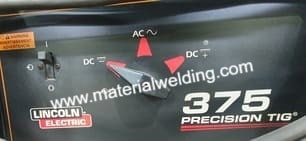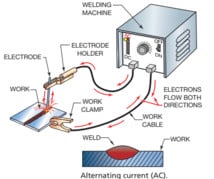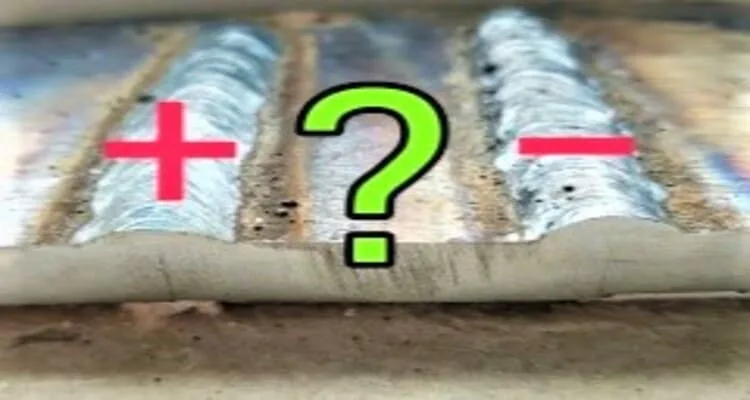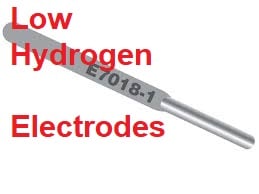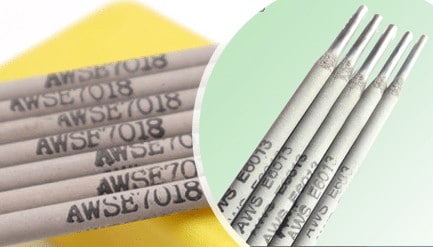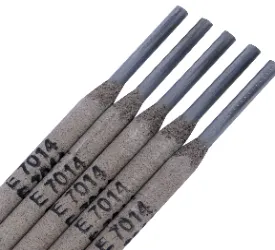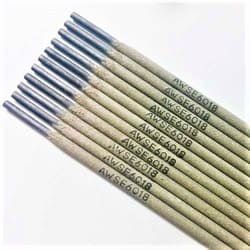Reverse polarity welding, also called DCEP, is a type of welding polarity in which the electrode is positive (Anode) and the job is connected to the negative (cathode) terminal. This results in a more powerful arc and deeper penetration into the metal being welded.
Reverse polarity welding is a type of welding where the electrode is connected to the positive terminal of the power source. Reverse polarity is known as Electrode Positive; this means that the electrons flow from the electrode to the metal being welded.
DC Reverse polarity
DC reverse Polarity or Direct Current Reverse polarity is used in Stick Welding, TIG Welding, MIG welding and FCAW. Most welders use direct current with the electrode connected to the positive terminal, which is known as reverse polarity.
If you’re a welder, you know that one of the most important things to watch out for is DC reverse polarity when welding with most of welding rods.
What is reverse polarity in welding
Reverse polarity in welding is when the electrode is connected to the positive terminal of the power source, and the workpiece is connected to the negative terminal of the welding power source.
in reverse polarity welding the arc is stable and voltage remains constant. Reverse polarity is used mainly in Stick Welding, MIG welding, FCAW and SAW.
straight polarity and reverse polarity in welding
When welding, polarity refers to the direction of the electric current. There are two types of polarity in welding:
- straight polarity (also called DCEN) and
- reverse polarity (also called DCEP).
Straight polarity is when the electrode is positive, and the workpiece is negative. Reverse polarity is when the electrode is negative, and the workpiece is positive as shown in the below figure.
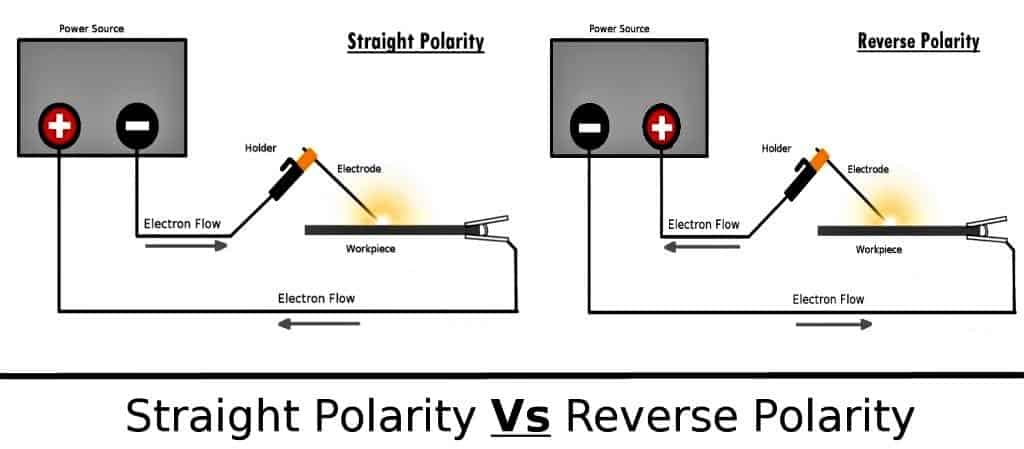
difference between straight polarity and reverse polarity
There are a few key differences between straight polarity and reverse polarity. First, with straight polarity, the current flows from the anode to the cathode.
However, with reverse polarity, the current flows from the cathode to the anode. Secondly, straight polarity is used for most welding applications because it provides more heat at the weld joint.
Reverse polarity is used for cutting and gouging applications because it helps remove slag more effectively. Finally, when using straight polarity, the electrode must be positive and when using reverse Polarity, the electrode must be negative.
straight vs reverse polarity welding
Straight vs reverse polarity welding is applicable for welding machines that’s shows ‘’How the electrode & earthing cable is connected to work piece to be welded’’.
Straight vs reverse polarity welding are compared in below table:
| Characteristics | Straight Polarity | Reverse Polarity |
|---|---|---|
| Current type | Direct Current (DC) | Direct Current (DC) |
| Electrode position | Negative | Positive |
| polarity name | DCEN | DCEP |
| Heat distribution | 2/3 on work, 1/3 on electrode | 2/3 on electrode, 1/3 on work |
| Flow of electrons | From electrode to Work | From work to electrode |
| Flow of Ions | From work to electrode | From electrode to Work |
| Penetration | Deep | Narrow |
| Suitable for | TIG & Stick Welding | Stick Welding, MIG Welding & FCAW |
which polarity is also referred to as reverse polarity?
Direct Current Electrode positive is also referred to as Reverse Polarity in Welding.
Reverse polarity welding definition
Reverse polarity welding means the welding polarity where welding electrode is connected to the positive terminal and work piece is connected to the negative terminal of the welder/ welding machine. Reverse polarity is also known as Electrode positive polarity.
Why reverse polarity is used in mig welding?
Reverse Polarity or DCEP polarity is used in MIG Welding because it provides a constant welding voltage curve.
In a constant voltage curve, the welding arc length remains constant even there are variation in the arc length during welding.
The machine inbuilt feature, automatically adjust the welding wire feed rate to compensate the change in arc length. Such welder are called Constant Voltage (CV) type power source.
When to use reverse polarity welding?
Reverse polarity is used when welding with potassium covering type welding rods and when welding thin sheet metals or base metals having low melting points.
As we know, in reverse polarity, the heat distribution is more on the electrode (Anode) almost 2/3 of heat, and 1/3 of heat is generated on the job.
how to reverse polarity on a welder
You can reverse polarity on a welder by changing the connecting terminal on it. To reverse polarity on a welder, connect the welding electrode to the positive terminal and work piece (earthing) to the negative point.
Some welders, has inbuilt switch to reverse polarity. You can choose from AC, straight or Reverse polarity by changing the switch. Example of such switch is shown below.
